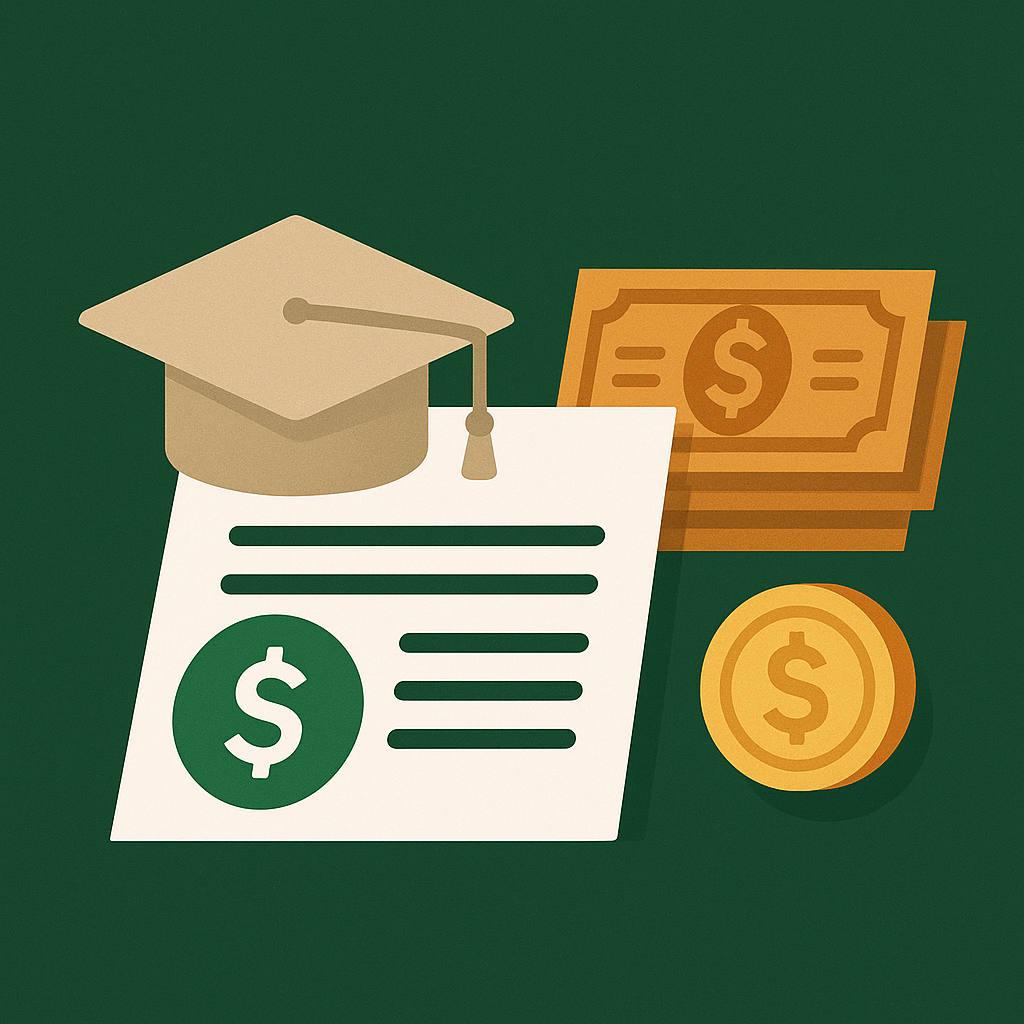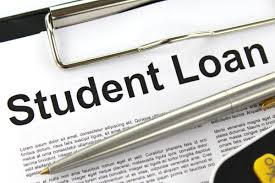Student Loan Forgiveness 2025 is no longer just a policy proposal—it’s a national priority. In a time when education costs in America are climbing to unprecedented levels, the Biden administration has unveiled a revamped student loan relief initiative aimed at easing the burden for millions of struggling borrowers.
With the average student now graduating with over $35,000 in debt, the urgency for a sustainable solution is stronger than ever. The Biden student loan plan, introduced this week at a rally in Virginia, promises targeted relief, long-term reforms, and accountability for predatory loan practices.
“No American should be punished for seeking a college degree,” President Biden stated. “Student Loan Forgiveness 2025 is about fairness, economic opportunity, and restoring dignity to those drowning in debt.”
Why Student Loan Debt Relief 2025 Matters More Than Ever

The announcement comes as rising college tuition in 2025 pushes higher education further out of reach for low- and middle-income families. According to the College Board, the cost of attending a four-year public university has jumped nearly 6% year-over-year, pushing average in-state tuition to $13,000, not including living expenses.
This crisis has left more than 43 million Americans burdened by federal student loans, creating a generational wealth gap and delaying major life milestones like homeownership and starting families
What’s Inside Biden’s Student Loan Plan
The federal student loan forgiveness package includes:
- Automatic debt cancellation for qualified borrowers under Income-Driven Repayment (IDR) plans
- Forgiveness for public service workers after 10 years
- Debt relief for long-term borrowers with over 20 years of repayment
- Stronger regulations on for-profit colleges and lenders
The Biden student loan plan is designed to withstand legal challenges, unlike previous broad-based attempts that were blocked by the Supreme Court.
Who Qualifies for Student Loan Forgiveness in 2025?

Eligibility under the Student Loan Forgiveness 2025 program includes:
- Borrowers on IDR or PAYE plans
- Public sector employees (teachers, nurses, civil servants)
- Individuals defrauded by for-profit institutions
- Borrowers in repayment for 20+ years with low income
Borrowers are urged to check their Federal Student Aid (FSA) accounts and ensure all personal data and repayment statuses are current.
Impact on the Economy and the Future of Education
Experts believe the student loan debt relief 2025 plan could inject billions into the economy, as younger Americans are freed from monthly payments and redirected toward home buying, entrepreneurship, and investing.
Still, critics argue it doesn’t address the root causerising tuition fees. Economists and educators are calling for deeper structural reforms to address education costs in America, such as tuition regulation and increased public funding for higher education.
